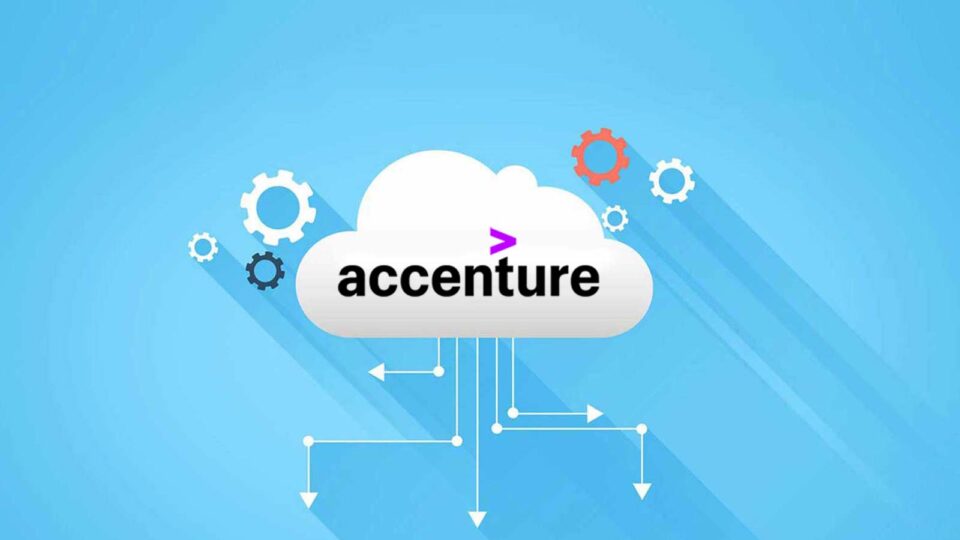Mainframe migration is an important digital transformation step, but tackling talent retention and operational complexity will be key
Banks are reducing their decades-long reliance on legacy mainframe technology and planning to move a significant portion of their core business functions to the cloud to launch new products quickly and remain competitive, according to a new research report from Accenture (NYSE: ACN).
Latest ITechnology News: P97 Networks Designs B2B Mobile App “Shell Card Go” for Viva Energy Australia
Titled “The great cloud mainframe migration: what banks need to know,” the research is based on a global survey of 150 banking executives whose institutions are planning to or have already started to migrate their mainframes to the cloud.
The research found that about four in five respondents (82%) plan to move more than half of their mainframe workloads to the cloud — including nearly one in four (22%) who aim to move more than three-quarters — and the vast majority plan to do so in the next two to five years.
Most banks have started moving certain applications to the cloud, but they still rely on older mainframe technology for most core business functions, including customer records, payments, investments, risk and compliance.
“While many banks have embraced cloud for customer-facing systems like mobile and online banking and employee tools like email and video conferencing, they still rely on older mainframe technology for their core business functions,” said Michael Abbott, who leads Accenture’s Banking industry practice globally. “As a result, most basic banking products like checking and savings accounts are powered by a spaghetti tangle of code written decades ago. Faced with rising interest rates, competition from fintechs and increased competition for deposits, banks are looking to the cloud to help them quickly drive core banking product innovation.”
Latest ITechnology News: PowerSchool Education Impact Consulting Team Wins 2022 Excellence in Customer Service Award
The report notes that these banks see a strong business case for mainframe migration, with speed and agility; security; and the ability to add new capabilities as strong motivators for migrating (cited by 43%, 41% and 37% of the respondents, respectively). Three in five executives (62%) expect an internal rate of return on their migration investments greater than 10%, and more than three-quarters (77%) expect to recover their mainframe migration investment within 18 months.
Among the main challenges or barriers related to mainframe cloud migration are the risk of business disruption; a lack of understanding of how the code works; the ability to attract and retain the right technology talent; and regulation of security and compliance risks.
“Banks do well at recruiting and investing in young talent, but retention is a struggle,” said Abbott. “Successful banks are reshaping their cultures by creating roadmaps for the skills they need in the future and developing strategies for hiring from new talent pools and reskilling their workforce. Some are also dramatically increasing their use of external talent pools and embracing remote and hybrid workforces. Tackling talent challenges will be crucial for banks in achieving their mainframe migration goals over the next few years.”
Among other key findings:
- Banks see the cloud as an opportunity for efficiency as mainframe costs rise. The vast majority (91%) of banks surveyed reported that the cost to maintain mainframes has increased over the past few years.
- Talent needs are specific. The banking executives surveyed see the greatest demand for cybersecurity skills (47%) and cloud solutions skills (46%), including being able to design cloud-based virtual infrastructure, platforms, and applications for speed and agility.
- Most legacy mainframes are between five and 20 years old. 58% of those surveyed said their mainframe systems are 5-10 years old; 27% are 11-20 years old; and 9% are 21-30 years old.
- Public cloud is the preferred option for core system migration. Nearly two-thirds (63%) of banks plan to move their mainframe workloads to public cloud environments, which can provide added cost-efficiency, flexibility and ease of regulatory compliance; about one-third (31%) plan to use a hybrid cloud model; and just 6% plan to use private cloud.
Latest ITechnology News: Seismic Introduces the Seismic Enablement Cloud, the First-Ever Cloud of Its Kind to Empower the Entire Go-to-Market Team
[To share your insights with us, please write to sghosh@martechseries.com]


